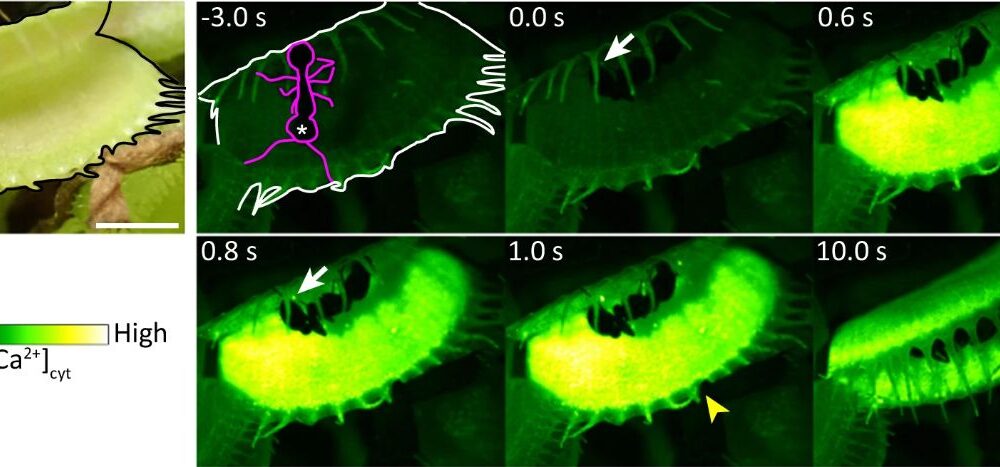Scientists at the National University of Singapore (NUS) have identified a DNA “switch” that enables tropical butterflies to modify their wing patterns in response to seasonal temperature variations. This breakthrough, published in the journal Nature Ecology & Evolution on 24 October 2025, sheds light on the evolution of environmental sensitivity among insects and could inform future adaptation strategies in a changing climate.
The research is particularly focused on the Bicyclus anynana, a species of butterfly that exhibits significant differences in wing patterns based on the season. During the wet season, these butterflies develop larger eyespots, while in the dry season, the eyespots become smaller. This seasonal plasticity plays a crucial role in their survival, allowing them to adapt to varying environmental conditions.
The team, led by Professor Antónia Monteiro from the NUS Department of Biological Sciences, investigated the genetic mechanisms behind these changes. They discovered a master instruction gene known as Antennapedia (Antp), which governs the development of the eyespots. Their findings revealed that the activity of this gene fluctuates based on the temperatures experienced during the butterflies’ early life stages.
In a key part of their study, the researchers disrupted the activity of the Antp gene in two different satyrid species. They observed a marked reduction in eyespot size, particularly when the butterflies were raised at elevated temperatures. This confirmed the gene’s pivotal role in facilitating seasonal adaptations.
Additionally, the research team uncovered a previously unknown DNA switch, referred to as a “promoter,” that is unique to satyrid butterflies. This switch activates the Antp gene specifically in the central cells of the eyespots. By disabling this switch, the researchers noted a diminished capacity for the butterflies to adjust their eyespot size according to temperature changes, indicating its importance in the evolution of seasonal plasticity.
Dr. Tian Shen, the lead author of the study and former graduate student at NUS, expressed the significance of their findings. “It is striking that a simple genetic switch can underlie complex environmental sensitivity across a broad group of insects,” he stated. This research opens avenues for further exploration into how genetic elements contribute to adaptations and may offer insights beneficial for conservation efforts amid climate change.
The implications of this study extend beyond butterflies. Understanding the mechanisms of seasonal adaptability in insects can inform broader ecological and conservation strategies, especially as global temperatures continue to rise. The findings from NUS serve as a reminder of the intricate connections between genetics and environmental adaptation, emphasizing the need for ongoing research in this area.






